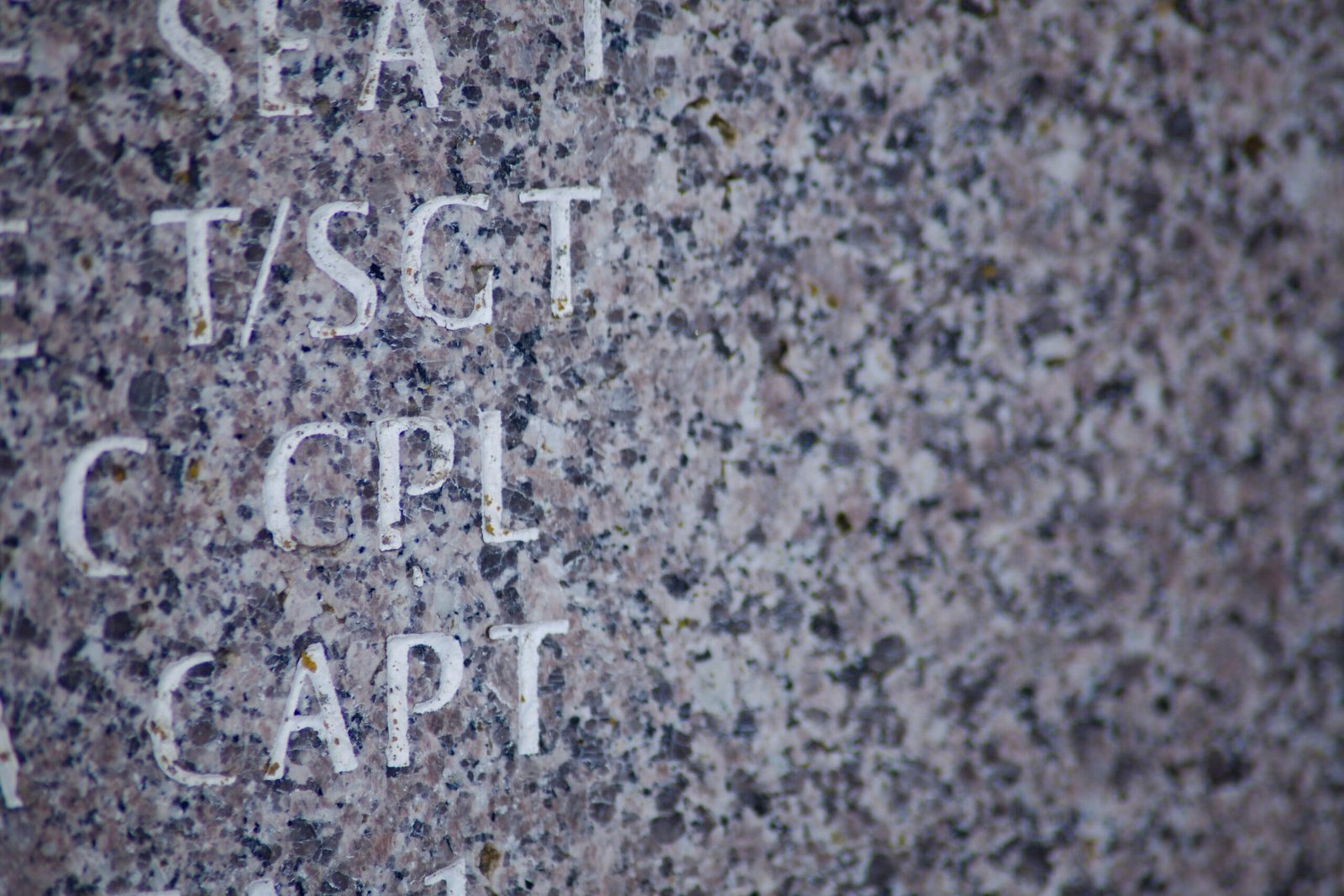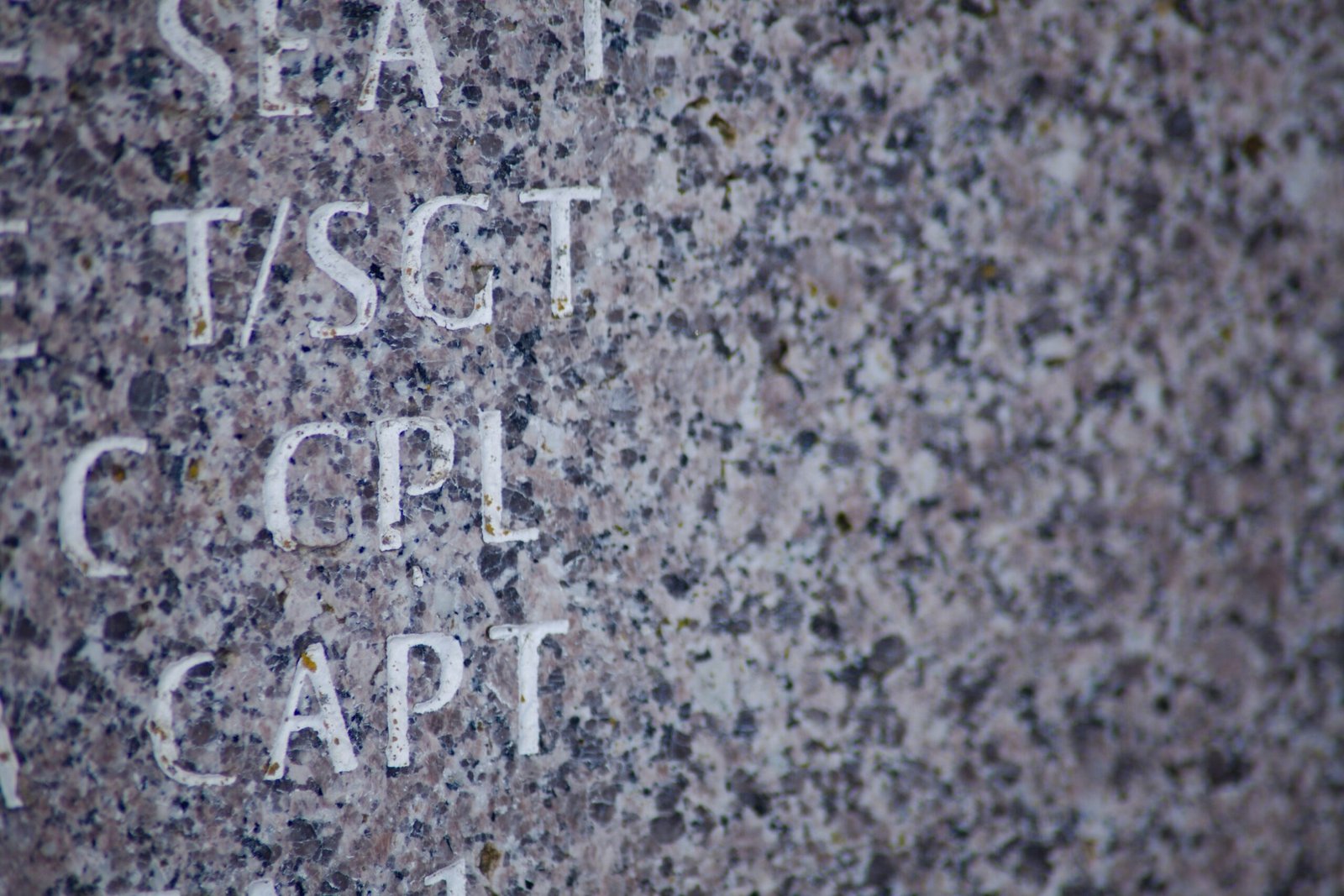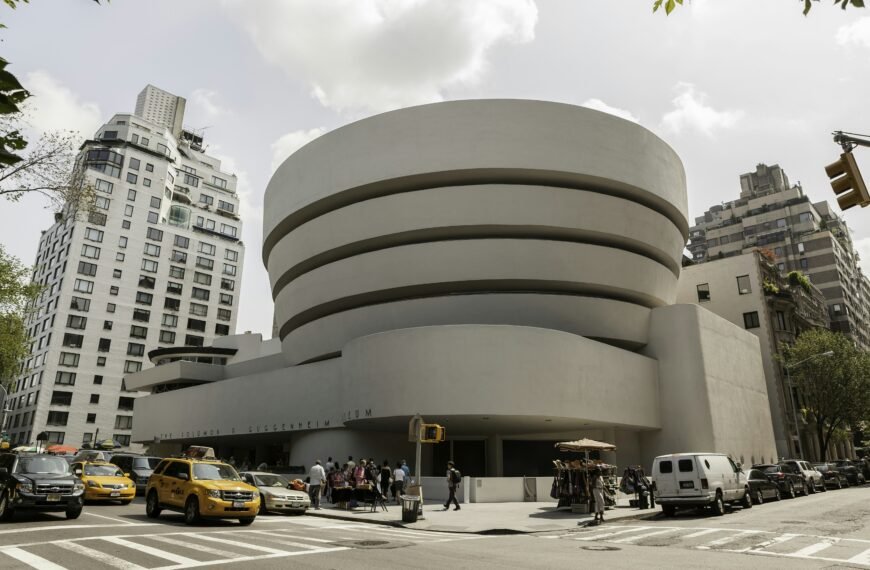Imagine stumbling upon a hidden treasure, tucked away in the corners of history, waiting to be rediscovered. This is exactly what happened with Curt Bloch’s remarkable creation, “The Underwater Cabaret.” Bloch, a German Jew, found refuge from the Nazis in an attic in the Netherlands during World War II. Supported by an underground network, he courageously crafted 95 issues of a satirical poetry magazine, mocking the Nazis and their collaborators. These magazines were shared with others in hiding and have only recently come to light in New York. Bloch’s daughter, Simone, is now working tirelessly to bring awareness to her father’s masterful work through a book and an upcoming museum exhibition. Truly, this hidden gem offers a unique perspective on the Holocaust and stands as an extraordinary find.
Curt Bloch: The Hidden Gem
Curt Bloch, a German Jew, lived an extraordinary life during World War II. Fleeing from the horrors of the Nazis, he found refuge in an attic in the Netherlands for over two years. But his story doesn’t end there. Bloch’s survival during this dark period was made possible by a network of kind-hearted individuals who provided him with the necessary resources to create something truly remarkable – a satirical poetry magazine known as “The Underwater Cabaret”.

Bloch’s Life during World War II
As a German Jew, Curt Bloch faced unimaginable challenges and threats to his life during World War II. Forced to go into hiding, he sought refuge in the attic of a kind family in the Netherlands. Bloch spent more than two years in isolation, constantly fearing for his safety. Despite the overwhelming sense of danger, Bloch managed to find solace in his creative endeavors.
Support Network: Allies and Contributors
Bloch’s survival and the creation of “The Underwater Cabaret” would not have been possible without the support of a dedicated network of individuals. These allies, motivated by compassion and a shared resistance to the Nazi regime, clandestinely provided Bloch with food, materials, and the emotional support necessary to sustain his spirit. Their unwavering commitment not only provided for his physical needs but also helped fuel his artistic expression.

The Underwater Cabaret: A Satirical Poetry Magazine
Within the confines of his hidden sanctuary, Bloch found an outlet for his thoughts and frustrations through writing and poetry. He channeled his creativity and wit into the creation of “The Underwater Cabaret”, a satirical poetry magazine aimed at mocking the Nazis and their collaborators. Bloch used humor and satire as a weapon against the oppressive regime, using poetry as his voice to stand up against the atrocities he witnessed.
Mocking the Nazis: Themes and Content
“The Underwater Cabaret” was a bold and subversive publication that fearlessly tackled Nazi propaganda and ideology. Bloch cleverly used humor to expose the absurdity and hypocrisy of the Nazi regime, exposing their flaws and challenging their authority. The satire employed in his poetry provided a unique and alternative perspective on the Holocaust, effectively confronting the oppressors and offering solace to those who felt silenced.

Distribution of the Magazines
Although Bloch was confined to the attic, he made efforts to share his work with others living in hiding. It is believed that the magazines were circulated among the people with whom he shared his hidden sanctuary. Additionally, it is possible that other Jews in hiding received copies of the magazine, offering them a glimpse of hope and a momentary escape from the harsh reality they faced. The distribution of “The Underwater Cabaret” played a vital role in fostering a sense of unity and resilience among those oppressed by the Nazis.
The Rediscovery in New York
Following the end of World War II, Curt Bloch emigrated to the United States, bringing with him the 95 issues of “The Underwater Cabaret”. For many years, these magazines remained undiscovered, tucked away in a forgotten corner of history. However, their enduring significance and hidden artistic value would eventually be unearthed and recognized.
Simone Bloch: Preserving the Legacy
Curt Bloch’s incredible story and the artistic legacy of “The Underwater Cabaret” did not fade away with time. His daughter, Simone Bloch, took it upon herself to preserve her father’s work and ensure its place in history. Through extensive research and dedication, Simone has shed light on the significance of her father’s magazines and their contribution to the resistance movement during World War II.
The Book: Bringing Awareness to The Underwater Cabaret
Simone Bloch’s efforts culminated in the publication of a book that brings awareness to “The Underwater Cabaret”. This comprehensive collection of her father’s poems, coupled with historical context and analysis, serves as a testament to the resilience and ingenuity of those who fought against the Nazi regime through the power of art. The book not only shares Curt Bloch’s story but also serves as a reminder of the strength of the human spirit in times of unspeakable darkness.
Upcoming Museum Exhibition
To further honor and showcase the artistic significance of “The Underwater Cabaret”, an upcoming museum exhibition is scheduled. This exhibition will provide visitors with a unique opportunity to immerse themselves in the world of Curt Bloch during the Holocaust. Through the display of original magazines, photographs, and personal artifacts, the exhibition aims to shed light on the hidden gem that was “The Underwater Cabaret”.
The Significance of The Underwater Cabaret
“The Underwater Cabaret” holds an undeniable significance in both historical and artistic contexts. Through satire and poetry, Bloch dared to challenge the oppressors and provided a voice for the silenced. The magazine offers a glimpse into the daily lives of those living in fear, revealing the depth of their suffering and resilience. The enduring legacy of “The Underwater Cabaret” serves as a reminder of the power of creativity, even in the darkest of times, and the unwavering human spirit that refused to be extinguished. Curt Bloch’s story and his courageous undertaking continue to inspire and uplift, proving that art has the power to transcend even the most oppressive of circumstances.








